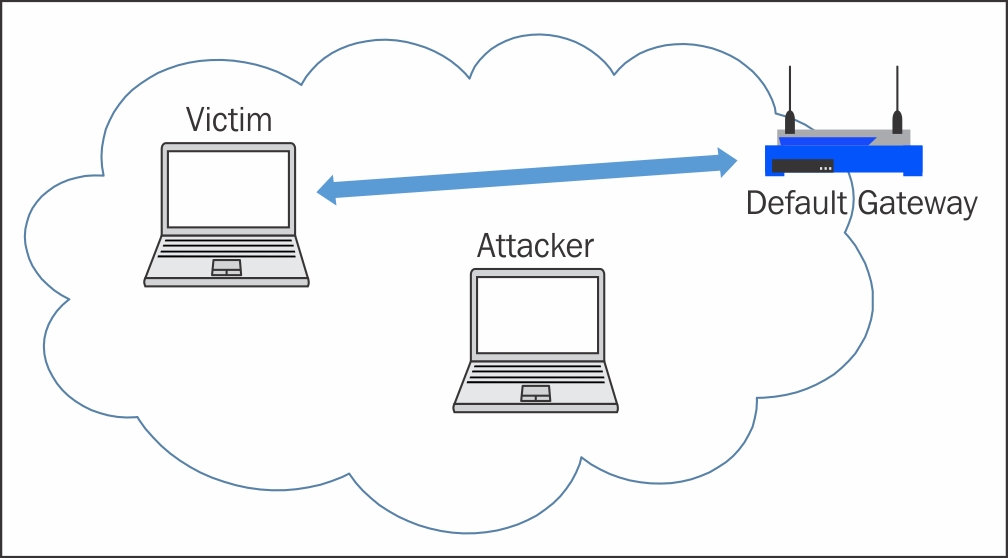

Say you’re using Wi-Fi and you’re friend is also connected to the same network.

If your MAC address keeps changing, they can’t do that anymore).Ĭonsider an example.
It can be used for improving anonymity (An unsafe local network can track you using your MAC address. Setting up numerous virtual machines in a corporate environment, each with a randomly assigned MAC address. There are a couple of completely legitimate (read: white hat) reasons for MAC spoofing as well: If you’ve been banned from using a public Wi-Fi hotspot, MAC spoofing allows you to trick the router into thinking that you are some other device. It lets us directly target devices connected to our Local Area Network (LAN). It allows us to perform man-in-the-middle attacks. For a hacker, this opens up a variety of attack vectors: We’re interested in MAC spoofing because it allows us to make other devices think that we are someone else. So, our operating systems allow us to instruct the NIC to ignore the built-in MAC address and instead use our own custom MAC address which could be anything we want it to be. And in the header of the packets that make up our data is the address of our device, the MAC address (along with IP and a bunch of other information). Whatever information leaves our device is in our control. Just because we cannot change the MAC address built into our NIC doesn’t mean we can’t make other devices think that our MAC addresses is something different. However, almost all popular platform such as Windows or OS X or Linux (and hence Android) support changing MAC addresses and pretty easily too. Each NIC is assigned a unique hard-coded MAC addresses that cannot be changed. All devices capable of networking (smartphones, laptops, routers) have one of these. 
The device that you’re looking at right now has a network interface controller (NIC), the thing that’s responsible for allowing you to connect to a network, like the internet. Read this one first to you fully understand how MAC addresses work.







 0 kommentar(er)
0 kommentar(er)
